William Hodges (1744 – 1797)
Get a Hodges Certificate of Authenticity for your painting (COA) for your Hodges drawing.
For all your Hodges artworks you need a Certificate of Authenticity (COA) in order to sell, to insure or to donate for a tax deduction.
Getting a Hodges Certificate of Authenticity (COA) is easy. Just send us photos and dimensions and tell us what you know about the origin or history of your Hodges painting or drawing.
If you want to sell your Hodges painting or drawing use our selling services. We offer Hodges selling help, selling advice, private treaty sales and full brokerage.
We have been authenticating Hodges and issuing certificates of authenticity since 2002. We are recognized Hodges experts and Hodges certified appraisers. We issue COAs and appraisals for all Hodges artworks.
Our Hodges paintings and drawings authentications are accepted and respected worldwide.
Each COA is backed by in-depth research and analysis authentication reports.
The Hodges certificates of authenticity we issue are based on solid, reliable and fully referenced art investigations, authentication research, analytical work and forensic studies.
We are available to examine your Hodges painting or drawing anywhere in the world.
You will generally receive your certificates of authenticity and authentication report within two weeks. Some complicated cases with difficult to research Hodges paintings or drawings take longer.
Our clients include Hodges collectors, investors, tax authorities, insurance adjusters, appraisers, valuers, auctioneers, Federal agencies and many law firms.
We perform William Hodges art authentication, appraisal, certificates of authenticity (COA), analysis, research, scientific tests, full art authentications. We will help you sell your William Hodges or we will sell it for you.
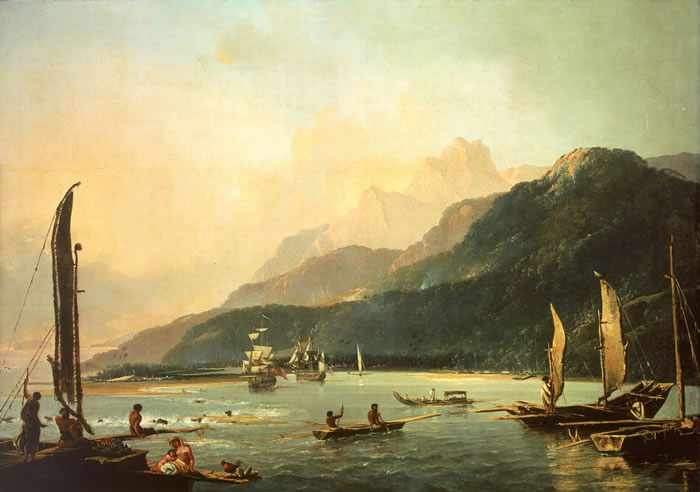
William Hodges was an English painter. He was a member of James Cook’s second voyage to the Pacific Ocean, and is best known for the sketches and paintings of locations he visited on that voyage, including Table Bay, Tahiti, Easter Island, and the Antarctic. Hodges was a student of William Shipley and Richard Wilson. During his early career, he made a living by painting theatrical scenery.
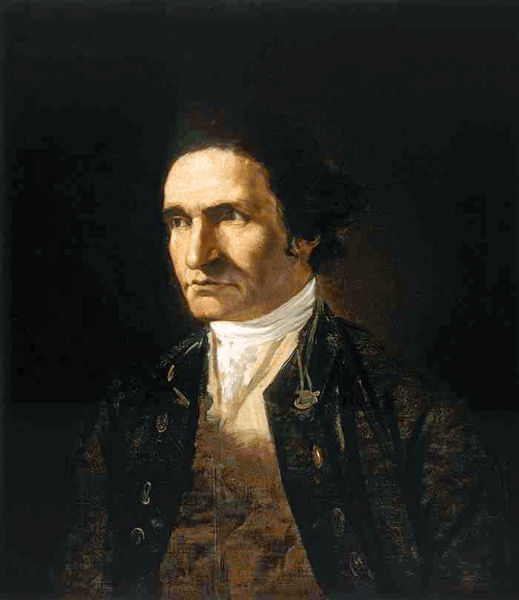
Hodges accompanied Cook to the Pacific as the expedition’s artist in 1772-1775. Many of his sketches and wash paintings were adapted as engravings in the original published edition of Cook’s journals from the voyage.
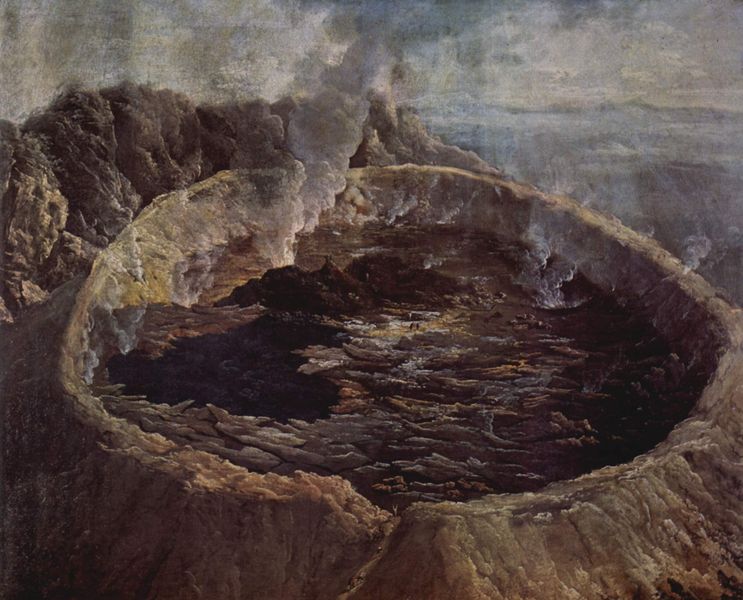
Most of the large-scale landscape oil paintings from his Pacific travels for which Hodges is best known were also produced after his return to London; he received a salary from the Admiralty for the purposes of completing them. These paintings are especially notable as being some of the first landscapes to use light and shadow for dramatic purposes. Hodges’ use of light as a compositional element in its own right was a marked departure from the classical landscape tradition. Contemporary art critics complained that his use of light and color contrasts gave his paintings a rough and unfinished appearance.
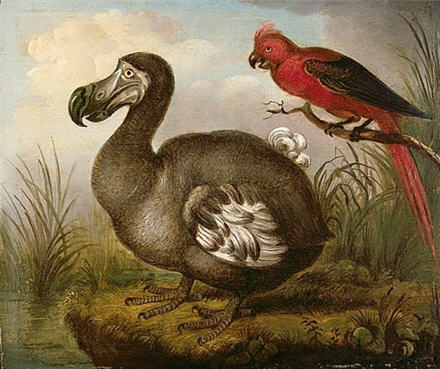
Hodges also produced many portrait sketches of Pacific Islanders and scenes from the voyage involving members of the expedition. However, his skills as a portrait artist were average, at best. In 1778, Hodges traveled to India, the first English professional landscape painter to visit that country. He remained there for 6 years, staying in Lucknow with Claude Martin in 1783. Later in life he traveled on the Continent, including a visit to St. Petersburg in Russia in 1790.
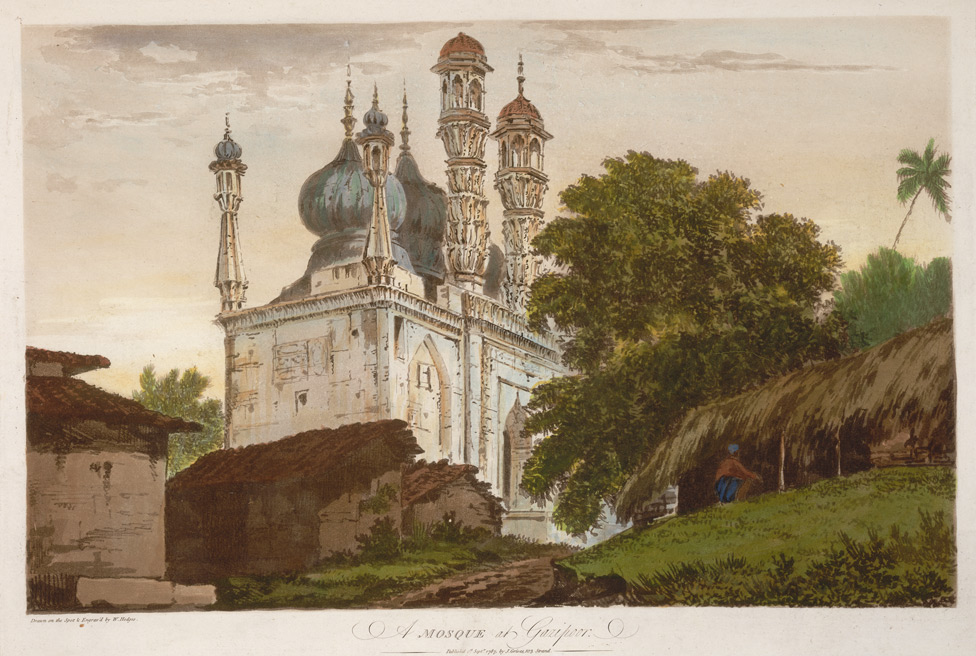
In late 1794, Hodges opened an exhibition of his own works in London that included two large paintings called The Effects of Peace and The Effects of War. In late January, 1795, the exhibition was visited by Prince Frederick, Duke of York and Albany, the second son of King George III. The Duke took offense at the political nature of Hodges’ paintings and ordered the exhibition closed; this Royal censure effectively ended Hodges’ career as a painter.
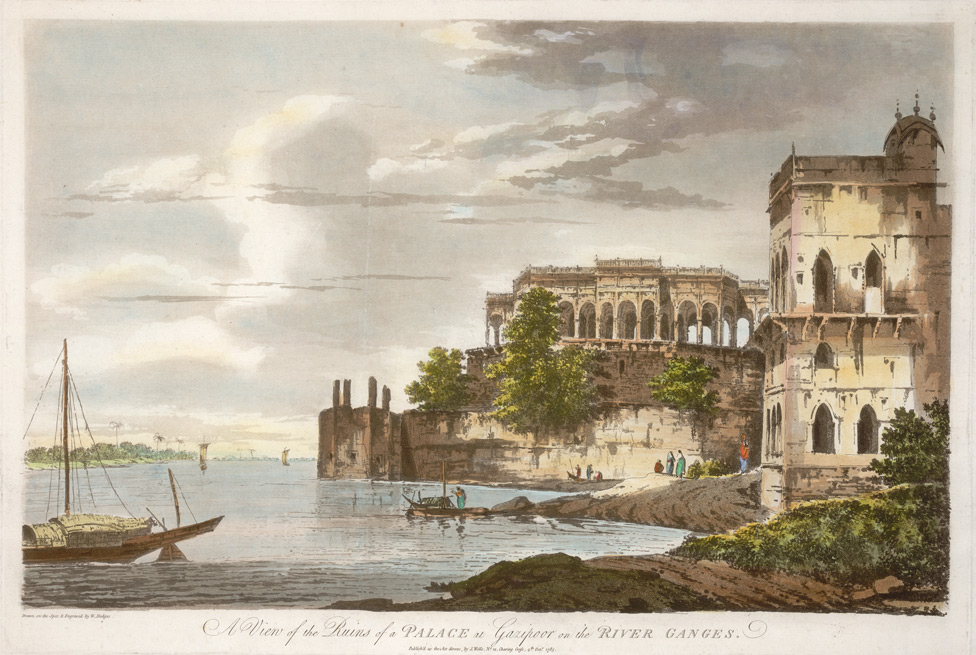
Hodges retired to Devon and became involved with a bank which failed during the banking crisis of March, 1797. On March 6 of that year, he died from what was officially recorded as “gout in the stomach”, but which was also rumored to be suicide from an overdose of laudanum.
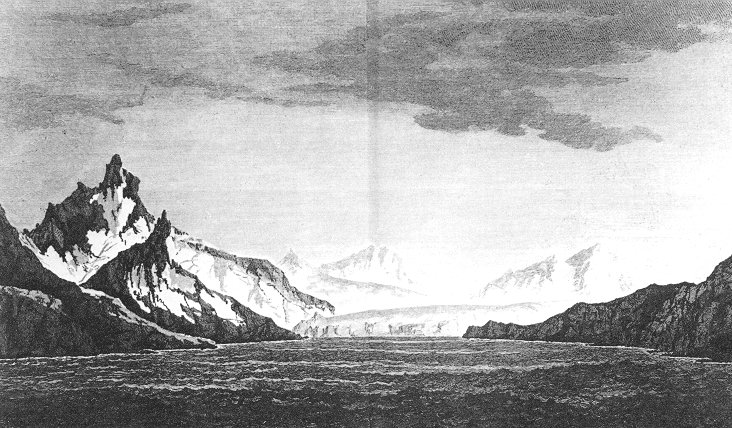
Still wondering about a British painting in your family collection? Contact us…it could be by William Hodges.
